Early childhood is a time of rapid development in the brain. In fact, 90% of a child’s brain growth happens before the age of five — and a big part of it is dependent on their language environment.
That’s why frequent, rich “serve-and-return” interactions are critical for brain and social development. Nurturing activities — talking, smiling, pointing, responding, singing, narrating your day — help kids develop two critical sets of skills: Cognitive skills (e.g., reading, memory, language) and non-cognitive (or “soft”) skills (e.g., grit, resilience).
As a pediatric surgeon who studies childhood brain development, I’ve noticed that a lot of parents don’t do nearly enough of this, which is why I’ve spent most of my career developing evidence-based programs to help parents create a rich language environment for their kids.
At the heart of all of our programs is the “3Ts strategy,” a three-step approach that successful parents use to make meaningful connections with their children and build their brains: Tune in. Talk more. Take turns.
How to implement the 3Ts strategy
Step 1: Tune in
Tuning in encourages parents to make a conscious effort to notice what their baby or child is focused on, and then to talk about it with them.
Let’s say you’re sitting at the table with your child eating a snack, and you see them looking out the window. Try to follow their line of sight and tune in to what they’re focusing on. Then, ask them a question that prompts them to talk about it: “Are you watching that bird outside? Look how colorful it is!”
Pay attention to the sights and sounds capturing your child’s attention in the moment. They are curious little beings, so their focus and attention are always changing! Your mission is to match the conversation with whatever is fascinating them in the moment.
Step 2: Talk more
After you’ve tuned into what your child is interested in, follow their lead: Get on their level and talk more, using a rich variety of language.
Talking more adds words to the piggy bank in a child’s brain — a bank that earns compound interest. The more words put into the bank, the more brain connections a child builds and the bigger their vocabulary becomes.
Going back to our example, now that you know your child is focused on the bird outside, continue to engage them in conversation about it using diverse language that encourages focus and engagement: “We can watch the bird while we have a snack! Let’s see how long he stays.”
Step 3: Take turns
The best conversations happen when you’re both equally engaged. No matter your child’s age, you can take turns and have a conversation — little baby babbles, pointing and gestures also count as dialogue.
Engage in back-and-forth conversation patterns by asking questions that encourage your child to describe the world around them or how they’re feeling.
Add your own observations and emotions to encourage a feeling of mutual exchange: “I see blue and brown and gray feathers. What colors do you see on the bird? Do you like him? I think he’s the prettiest bird I’ve ever seen.”
Benefits of the 3Ts strategy
Studies of our programs have shown that the 3Ts is effective at increasing parents’ interactions and conversations with their little ones.
What’s also great about the 3Ts is that it helps parents stay connected with their children as they grow into adolescence and beyond. I still use this strategy with my first-born, who recently graduated from college.
The 3Ts don’t require fancy gadgets or a specialized degree. They can be used while reading or playing or in every day moments, such as laundry, taking the bus or playing.
And they remind parents that they are their children’s first and most powerful teachers, and their loving, serve-and-return interactions build a healthy foundation for a lifetime of learning.
13 things Mentally Strong Parents Don’t Do
DrDanaSuskind. (2022, May 28). The most successful parents do these 3 things with their kids to ‘build their brains,’ says a pediatric surgeon. CNBC. Retrieved June 8, 2022, from https://www.cnbc.com/2022/05/28/successful-parents-do-these-things-with-their-kids-to-build-their-brains-says-pediatric-surgeon.html?__source=sharebar%7Cemail&par=sharebar

0 Comments